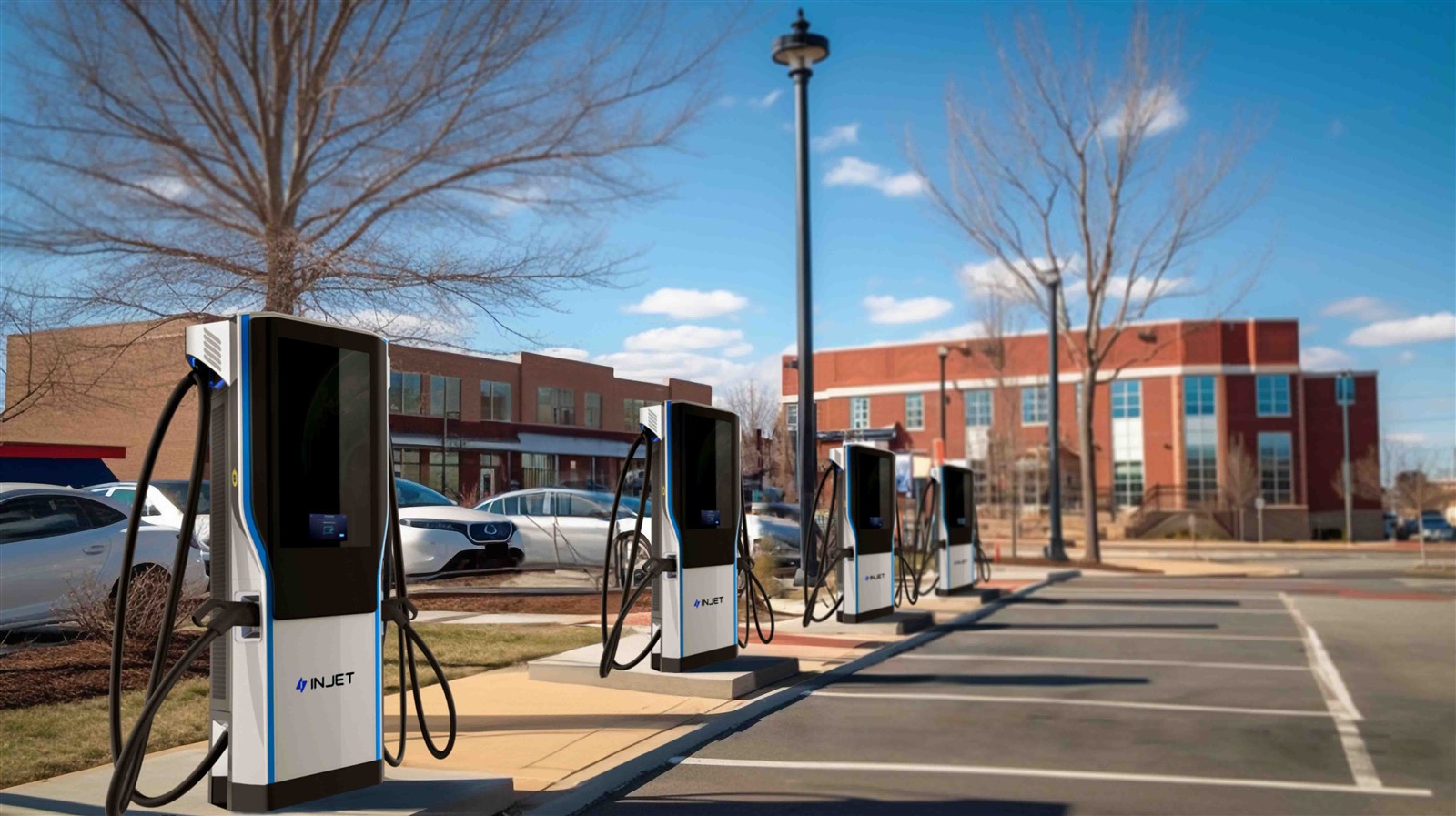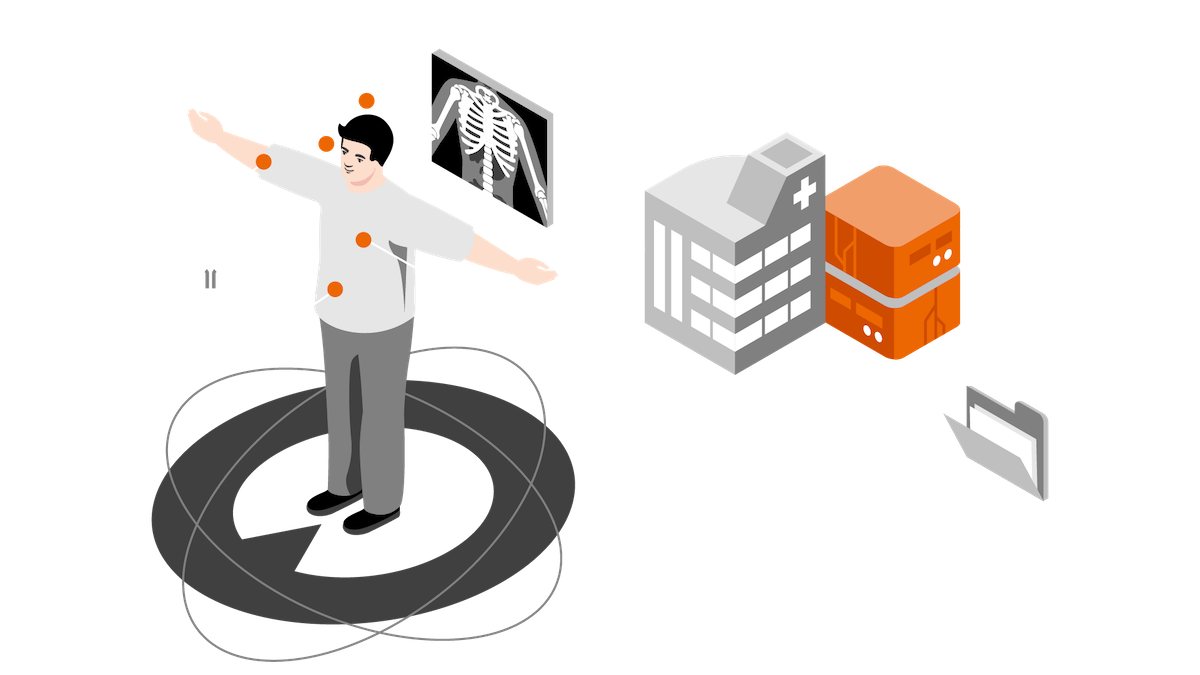As electric vehicles (EVs) grow in popularity, the infrastructure supporting them, particularly charging stations, has become crucial. For drivers and businesses alike, understanding the difference between Level 2 (L2) and Level 3 (L3) chargers can make a big impact in terms of convenience, cost, and time.
Level 2 Chargers: Ideal for Daily Use
L2 chargers are commonly found in homes, workplaces, and public spaces. They operate on a 240-volt system, similar to large household appliances like ovens or dryers. Here’s what you need to know:
- Charging Speed: L2 chargers provide a slower, steady charge. It typically takes 4 to 10 hours to fully charge an EV, depending on the battery size. For many users, an overnight charge suffices.
- Cost: Installation of an L2 charger is relatively affordable, especially in residential settings. Operating costs also tend to be lower since it draws less power than L3 chargers.
- Best Use: L2 chargers are perfect for home use or workplaces where vehicles can be charged over several hours.
Level 3 Chargers: Fast but Expensive
L3 chargers, also known as DC fast chargers, are more powerful and commonly found at commercial charging stations along highways. They use direct current (DC) instead of alternating current (AC), allowing for much faster charging times.
- Charging Speed: L3 chargers can power up an EV battery in 30 minutes to an hour, making them ideal for long-distance travel.
- Cost: Installing an L3 charger requires a significant investment due to the complex infrastructure needed. Additionally, charging at L3 stations tends to cost more, both for businesses and consumers.
- Best Use: L3 chargers are perfect for commercial locations, EV fleets, or situations where quick charging is a must.
Which is Right for You?
For most drivers, a Level 2 charger at home or work is sufficient for daily driving needs. However, if you’re managing a fleet of EVs or are setting up a commercial charging station, investing in a Level 3 charger might be necessary.




